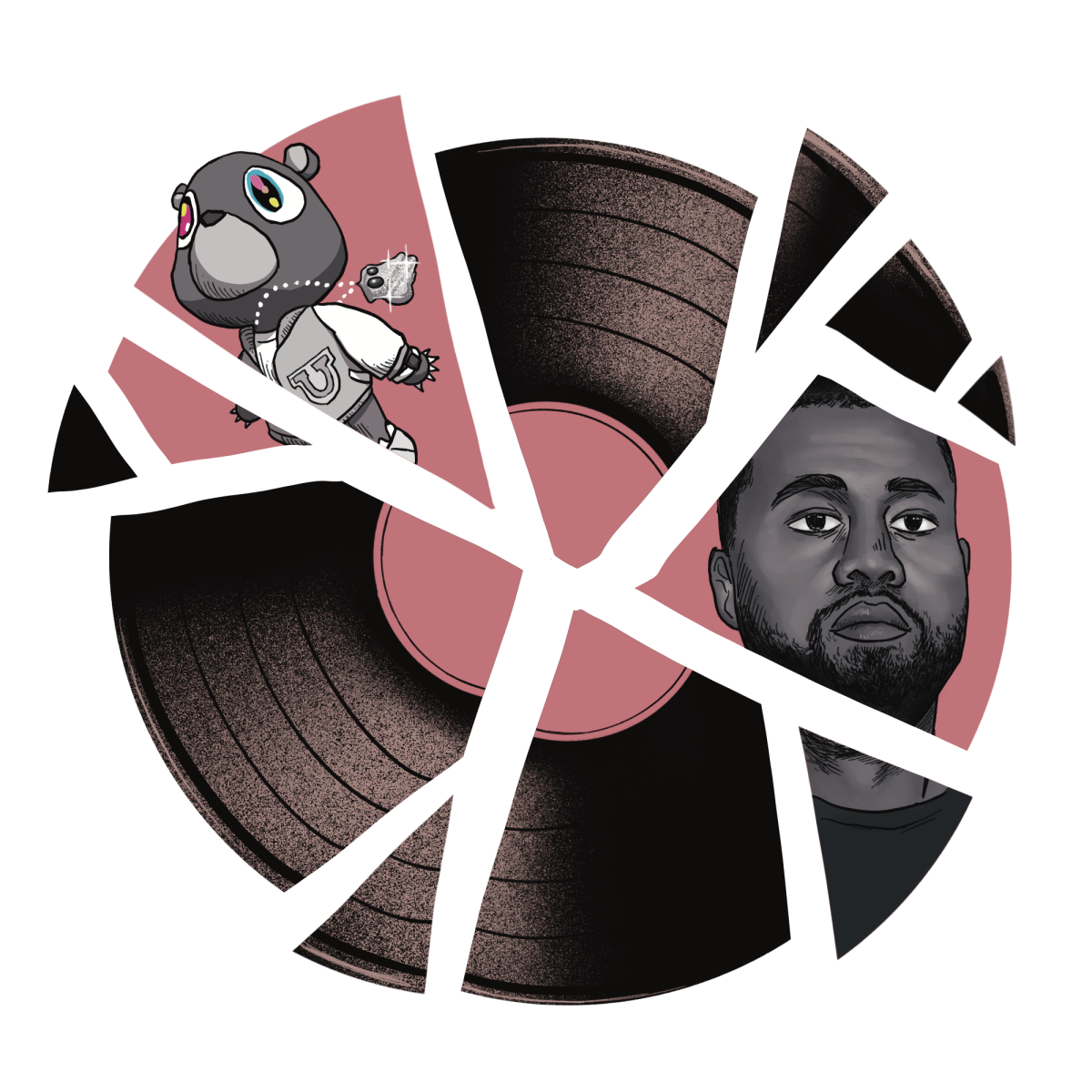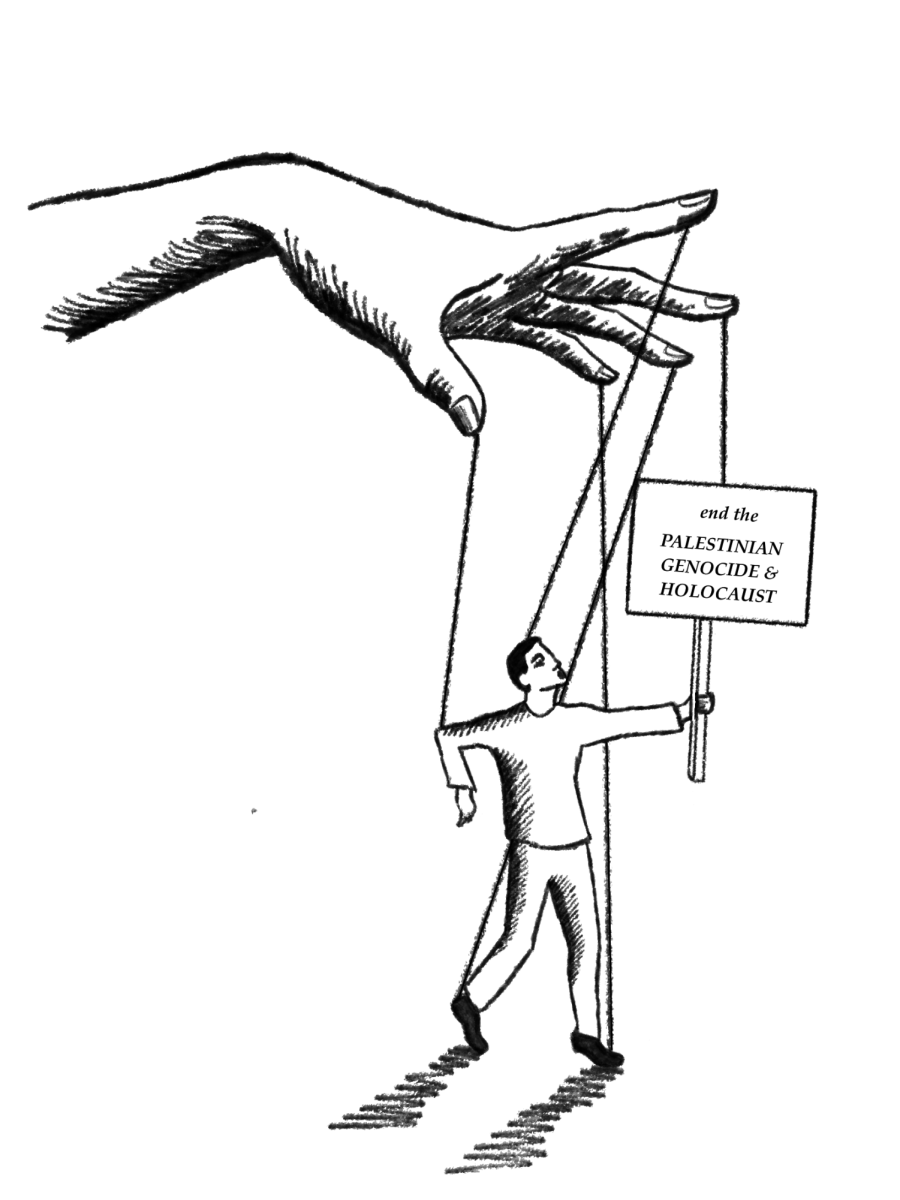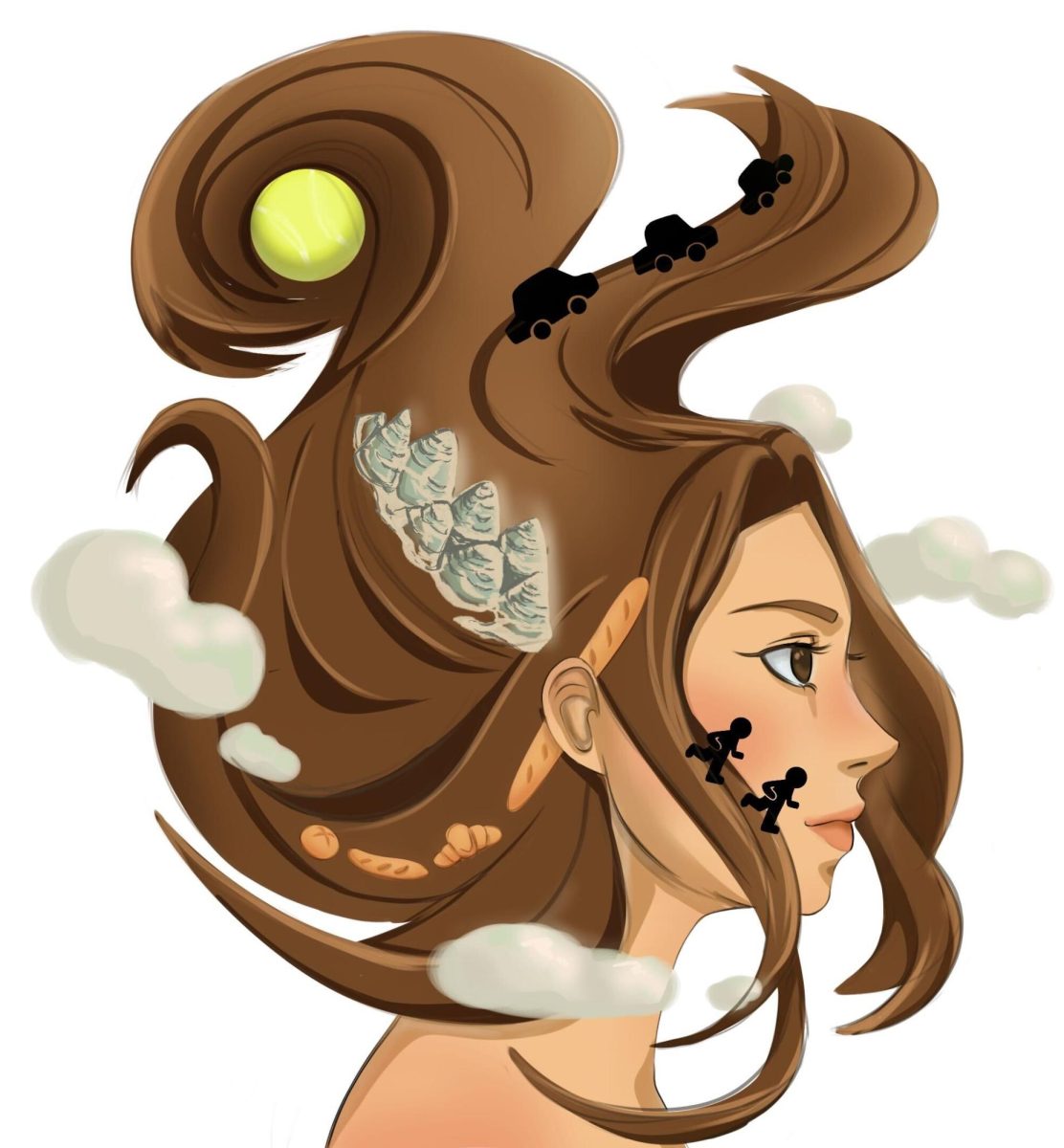As a young child who loved going to movie theaters with my friends and family, I always wondered why no one on the big screen looked like me. Fitting in was something I desired, yet it was only possible if I kept my culture hidden and assimilated to the characters in the film. I had a nagging suspicion my Asian features prevented me from achieving social acceptance and happiness, two things I equated in my mind without even realizing it.
The derogatory words the actors used in those same movies surrounded me as I grew up as part of a minority in the suburbs of both New York and California. The racist jokes and stereotypes continued off the screens –– what society consumed through cinema reflected how they treated me and others like me.
Although Asian American representation in western films has grown, it’s counterproductive. The new era of inclusion further exacerbates issues like hypersexualization, fetishization, stereotypes and plain old racism.
Hollywood has been casting white actors in caricatured Asian roles since the 1960s, a memorable example being white actor Mickey Rooney’s portrayal of I. Y. Yunioshi in “Breakfast at Tiffany’s.” Not only did he practice yellowface by using heavy makeup to transform himself into a bespectacled, buck-toothed nerd, but he also enforced racist stereotypes, stumbling over his words and speaking in an exaggerated Japanese accent.
More recent examples like “Crazy Rich Asians” and even “Shang-Chi and the Legend of the Ten Rings,” which came out on Sept. 3, display the lack of growth in the movie industry. Instead of fighting racist tropes, they repackage them. In these two films, the vast majority of the cast is Asian American, yet more representation doesn’t mean it’s accurate or even helpful.
That’s because for movies to make it to the other side of Hollywood, they have to jump through several hoops. By the time a film gets to the box office, it is already processed through the lens of whiteness. All of the characters hold a specific set of attributes that seem copy and pasted onto each actor.
“Crazy Rich Asians” furthers the narrative of the corrupted Singapoerean rich who are unfeeling, selfish, greedy and looking for their own success. In “Shang-Chi,” the sting of parental pressure and disappointment cause the audience to believe all Asian parents are more like tigers than humans, a dangerous idea that can damage young children’s perception of their own family. These movies are more about assimilating than fearlessly expressing your own identity. Instead of inspiring minorities, they push them deeper into the hole at the bottom of the melting pot.
I vividly remember several moments of myself sitting in a theater, my cheeks heating up as I focused my eyes on the glaringly bright screen. Perhaps it’s because I’ve experienced discrimination in my own life that I can’t help but notice microagressions in film. I took the blows to my own self esteem because I thought those comments were targeted towards me, and in a way, they were.
When my friends saw Peter Parker’s nerdy Asian best friend, a science and tech prodigy in “Spider-Man: Homecoming,” they asked if I was related to him. When the characters in “Mean Girls” described the different cliques at the lunch tables, two of them being the nerdy Asians and the cool Asians, I wondered how I could be part of the latter or better yet, distance myself from both groups in the first place.
It seems like whenever Asian Americans are included in film as part of a so-called diversity project, they are there to be the butt of insensitive, cruel jokes. In a popular holiday special of “The Office,” two Asian waitresses serve Michael Scott, the protagonist in the well-known series. To tell them apart, Scott marks one of their arms with a Sharpie as if to say that’s the only way he can identify them. Often, their own lines fuel internalized racism and reinforce the idea that people of the same color can insult each other without being offensive — that is, if they have any lines. According to a study done by the University of Southern California, only 13% of films released in 2019 had an Asian or Pacific Islander character with a full range of human emotions.
If not placed strategically in a film for a racist joke, Asian Americans, particularly women, are hypersexualized. Nearly 25% of the roles given to Asian American females feature nudity or sexual attire. While other female actors have to deal with the same issue, it’s far worse for women of color because of fetishization.
Asian characters are also often depicted as having exaggerated accents and squinted eyes traced with black eyeliner to make their eyes appear smaller for “accuracy.” At the same time, some directors try to erase the Asian culture entirely, concealing the story of immigration and the life they left behind — the characters who are supposedly first generation immigrants speak perfect English and are not connected to their roots.
The continuous creation of these warped characters not only affects the general public’s perception of Asian Americans, but it also seeps into our own local communities. The recent rise of Asian hate crimes during the pandemic, like the incident at Fuki Sushi, has polluted Palo Alto.
Students should spread awareness about the entertainment industry’s mistakes as a first step in taking down this issue, giving hope to young children like the girl I once was years ago, frightened and uncertain of what being Asian meant to influential media.









